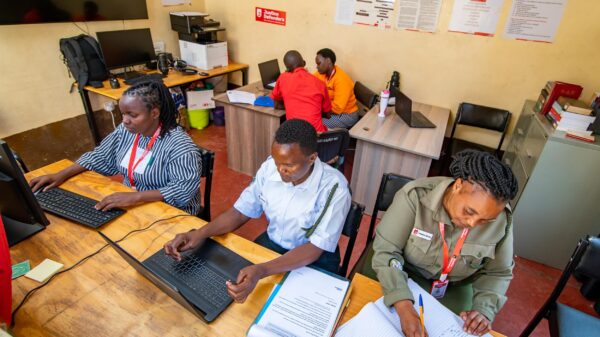Endometriosis is a common yet often misunderstood medical condition that affects millions of women worldwide. Every March Endometriosis Month takes place across the world, with the aim of increasing awareness and highlighting the symptoms of this debilitating condition that affects an estimated 176 million women worldwide.
It occurs when tissue similar to the lining of the uterus grows outside of the uterus, such as on the ovaries, fallopian tubes, and other pelvic organs.

In this blog post, we will discuss ten important facts that you need to know about endometriosis.
Prevalence
Endometriosis affects an estimated 10% of reproductive-aged women, or approximately 176 million women worldwide. It is most commonly diagnosed in women in their 30s and 40s, but it can occur in women of any age who have started their menstrual cycles.
Symptoms
The most common symptoms of endometriosis are painful periods, pelvic pain, painful intercourse, and infertility. However, some women with endometriosis may experience no symptoms at all.
Severity of Symptoms
The severity of endometriosis symptoms does not necessarily correlate with the extent or severity of the disease. Some women with mild endometriosis may experience severe pain, while others with severe endometriosis may experience no pain at all.
Diagnosis
Endometriosis is often misdiagnosed or undiagnosed, with an average delay of 7-10 years between symptom onset and diagnosis. This is because the symptoms of endometriosis are similar to those of other conditions, such as pelvic inflammatory disease, irritable bowel syndrome, and ovarian cysts.
Treatment
There is currently no cure for endometriosis, but treatments include pain management, hormonal therapy, and surgery. Pain management options may include over-the-counter pain relievers, prescription pain medication, and heat therapy. Hormonal therapy options may include birth control pills, hormonal IUDs, or gonadotropin-releasing hormone (GnRH) agonists. Surgery may be recommended in severe cases to remove endometriosis implants or adhesions.
Quality of Life
Endometriosis can have a significant impact on a person’s quality of life, including their physical, emotional, and social well-being. Women with endometriosis may experience fatigue, depression, anxiety, and difficulty with sexual relationships.
Genetics
There is a genetic component to endometriosis, as women with a family history of the condition are more likely to develop it themselves. However, the exact genes involved in endometriosis are still being studied.
Other Affected Areas
Endometriosis can also affect other parts of the body outside of the pelvic region, including the lungs, diaphragm, and bowel. This can lead to symptoms such as shortness of breath, chest pain, and digestive issues.
Awareness
Endometriosis awareness is growing, thanks in part to advocacy efforts by patient organizations, healthcare providers, and celebrities who have shared their own experiences with the condition. However, there is still much work to be done to increase understanding of endometriosis and improve access to care for those affected by the condition.
Cancer Risk
Women with endometriosis are at a slightly increased risk of developing certain types of ovarian cancer. However, the overall risk of developing ovarian cancer is still relatively low, and regular screening for ovarian cancer is not recommended for women with endometriosis.
Understanding the facts about endometriosis can help raise awareness of the condition and improve access to care for those affected by it. If you are experiencing symptoms of endometriosis, it is important to speak with your healthcare provider to discuss your options.









































